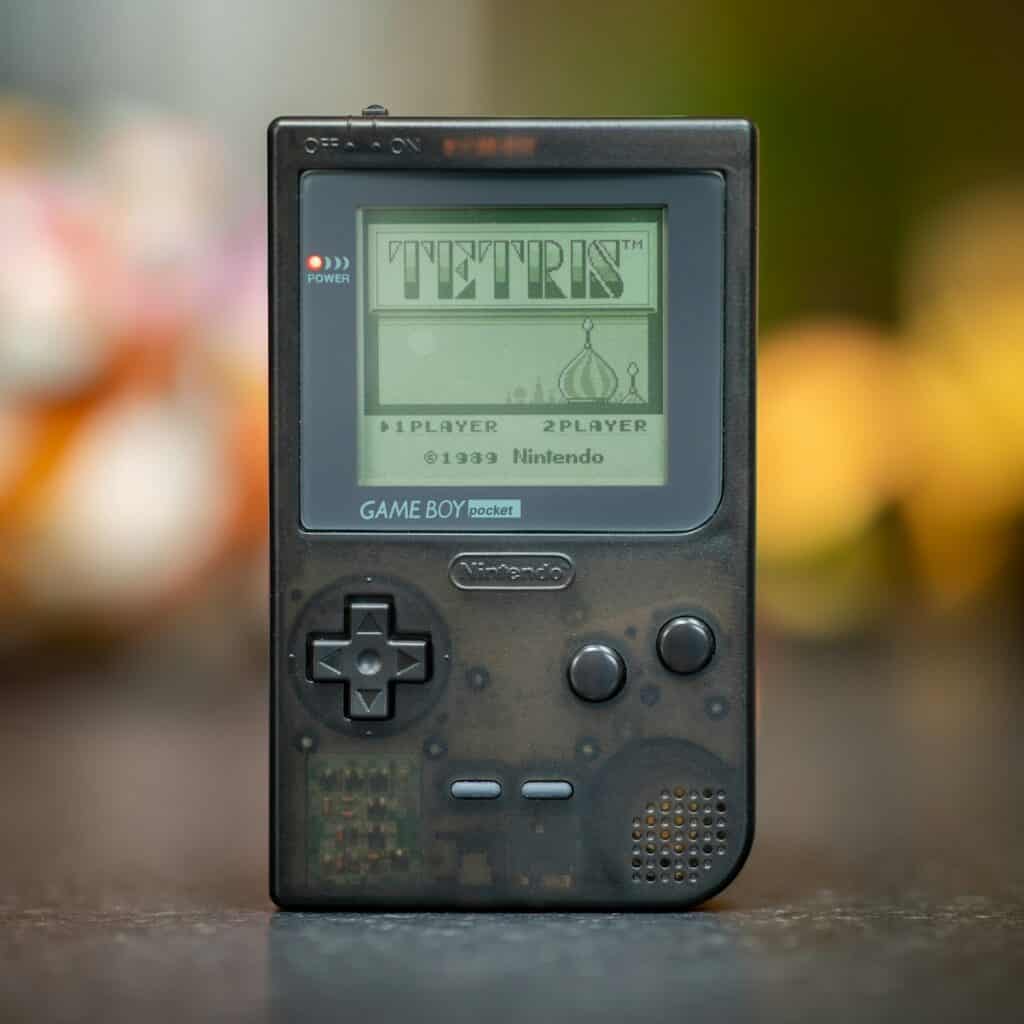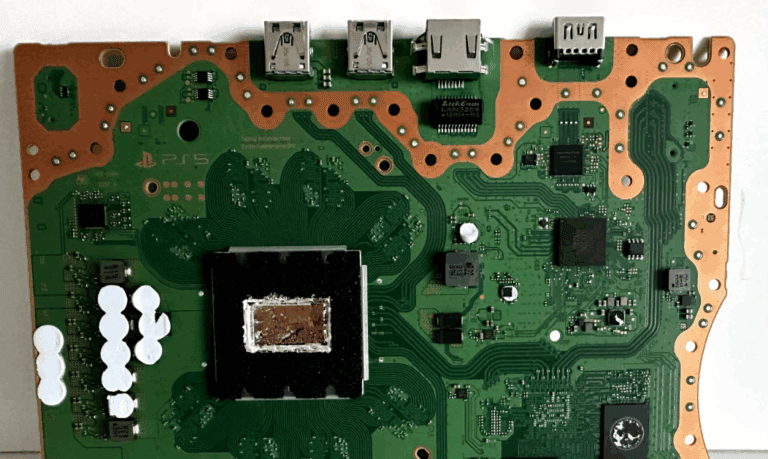Old video games are making a big comeback in 2025. Retro gaming revival has become more than just a trend – it’s now a cultural movement that brings together different generations of players who love classic titles from the 80s, 90s, and early 2000s. Gaming companies are releasing remasters of beloved games while new titles copy the simple graphics and gameplay that made vintage video games special.
The gaming industry has noticed that people want these older experiences again. Players are drawn to the straightforward gameplay and pixel art that defined classic games. This nostalgia isn’t just about remembering childhood – it’s about finding games that focus on fun without complex systems or expensive graphics.
Gaming culture has shifted to embrace both old and new approaches to game design. Modern technology makes it easier to play retro games on current devices. The revival shows that great gameplay never goes out of style, whether it comes from a 1980s arcade game or a brand-new title inspired by classic design.
Classic Games Are Making a Comeback
Retro gaming has experienced a remarkable resurgence in recent years, captivating both longtime fans and new generations of players. This revival goes beyond mere nostalgia, reflecting deeper cultural, technological, and social trends. Here’s a guide to understanding why classic games are making a comeback and what’s fueling this vibrant retro gaming movement.
1. Nostalgia and Emotional Connection
For many gamers, retro games serve as a powerful time machine, transporting them back to their childhoods or simpler times. The emotional connection to these games creates a strong desire to revisit and share those experiences. This nostalgia is a key driver behind the renewed interest in classic titles, as players seek to relive fond memories or discover the roots of gaming culture for the first time.

2. Timeless Gameplay and Design
Many classic games feature gameplay mechanics and designs that remain engaging and enjoyable despite their age. Their simplicity, challenge, and creativity often contrast with modern games’ complexity and graphics-heavy approach. This timeless quality helps retro games appeal to a broad audience, including those who appreciate straightforward, skill-based gameplay.
3. Accessibility Through Emulators and Remasters
The rise of emulators—software that allows classic games to run on modern devices such as PCs, smartphones, and handheld consoles—has dramatically increased accessibility. Players no longer need to hunt down vintage hardware or cartridges, making it easier and more convenient to enjoy retro titles.
Additionally, many classic games have been remastered or re-released on contemporary platforms with improved graphics and quality-of-life features, further fueling interest.
4. Cultural and Community Aspects
Retro gaming has grown into a cultural movement that bridges generations. It fosters communities where players share experiences, tips, and fan creations. Events, online forums, and streaming platforms celebrate classic games, creating a vibrant social ecosystem around retro gaming.
This sense of community and shared passion helps sustain and grow interest in classic titles.
5. Influence on Modern Game Design
The revival of vintage games also influences contemporary game development. Many indie developers draw inspiration from retro aesthetics and mechanics, blending old-school charm with modern innovations. This fusion keeps retro gaming relevant and fresh, appealing to both nostalgic players and newcomers.
Conclusion
The retro gaming revival is a multifaceted phenomenon driven by nostalgia, timeless gameplay, technological accessibility, community engagement, and its impact on modern gaming culture. Whether you’re revisiting classics or discovering them for the first time, the resurgence of these games offers a rich, enjoyable experience that continues to grow in popularity.
Key Takeaways
- Retro gaming revival represents a major cultural shift that connects different generations through shared love of classic video games
- Simple gameplay and nostalgic design elements from vintage games influence how modern developers create new titles
- Common questions about why old games remain popular reveal that great gameplay design transcends technological limitations
Frequently Asked Questions
The retro gaming revival raises many questions about what drives this trend, which consoles lead the market, and how technology shapes access to classic games. Players also wonder about online distribution methods and how modern developers blend old-school elements into new titles.
What are the leading factors contributing to the resurgence of retro video games?
Nostalgia serves as the primary driver behind retro gaming’s comeback. Players who grew up with classic consoles want to relive childhood memories and share those experiences with their children.
Simple gameplay mechanics attract modern gamers tired of complex systems. Retro games focus on core fun rather than complicated controls or lengthy tutorials.
Accessibility through reissued consoles like the NES Classic makes retro gaming easier than ever. These plug-and-play devices remove technical barriers that once prevented casual players from enjoying classic titles.
The timeless appeal of iconic games like Super Mario Bros. and Pac-Man transcends generations. Their solid design principles remain engaging decades after release.
Which classic video game consoles are experiencing the highest popularity in the current market?
Nintendo’s reissued consoles lead the market in popularity. The NES Classic and SNES Classic sold millions of units before being discontinued.
The Sega Genesis Mini attracts fans of 16-bit gaming. It offers a curated selection of popular titles from Sega’s golden era.
PlayStation Classic generated initial excitement but received mixed reviews. Sony’s execution didn’t match Nintendo’s attention to detail and game selection.
Retro handheld devices from companies like Anbernic and Retroid gain traction among enthusiasts. These systems play games from multiple console generations in portable formats.
How have recent technological advancements influenced retro gaming trends?
Modern displays create challenges for retro games designed for old CRT televisions. Upscaling technology and filters help classic games look better on current screens.
Emulation software has become more accurate and user-friendly. Programs like RetroArch provide unified interfaces for playing games from dozens of different systems.
Cloud gaming services now offer retro titles alongside modern games. This removes the need for physical hardware or local emulation setup.
Wireless controllers replace wired originals while maintaining authentic button layouts. Players get modern convenience without losing the classic feel.
What role do online platforms have in the distribution and popularity of retro games?
Digital storefronts like GOG specialize in selling legal versions of classic PC games. They handle compatibility issues and remove copy protection from older titles.
Steam offers numerous retro games and collections at affordable prices. The platform’s sales events make classic titles accessible to budget-conscious players.
Subscription services include retro games in their libraries. Nintendo Switch Online provides access to NES and SNES games for a monthly fee.
Rom sites operate in legal gray areas but preserve games that companies no longer sell. These platforms keep rare titles available when official channels fail.
How are contemporary game developers incorporating retro gaming elements into new releases?
Pixel art graphics appear in many modern indie games. Titles like Stardew Valley and Undertale use retro visuals to create nostalgic appeal while offering contemporary gameplay.
Chiptune music recreates classic video game soundtracks. Composers use modern tools to mimic the limitations of old sound chips.
Simple control schemes mirror retro game design. Many new games limit themselves to just a few buttons to capture that classic feel.
Side-scrolling platformers and shoot-em-ups reference specific retro genres. Developers study classic games to understand what made them work well.
What impact has the retro gaming community had on the preservation of classic video games?
Fan communities create detailed databases documenting game releases and variations. Projects like MobyGames catalog thousands of titles across multiple platforms.
Homebrew developers create new games for old systems. They keep classic consoles relevant by expanding their libraries with original content.
Preservation groups dump ROM files before physical media degrades. This work saves games that might otherwise disappear forever.
Community-driven emulation projects improve accuracy over time. Volunteers spend years perfecting emulators to match original hardware behavior exactly.







